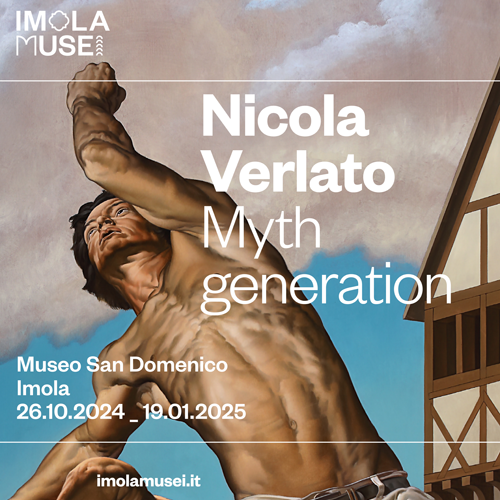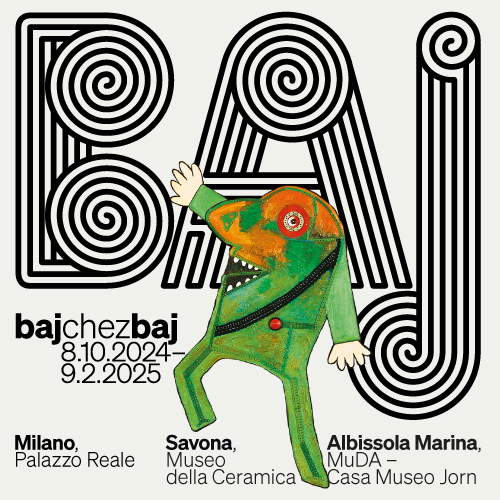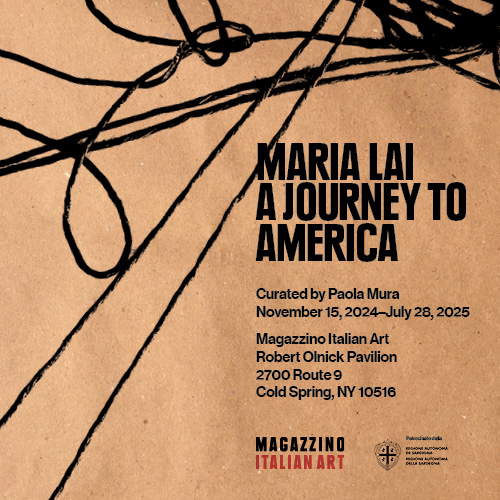Family portraits of the Medici in Mugello on display in Scarperia and San Piero
Running until November 5, 2023 in the Museo dei Ferri Taglienti in Scarperia and San Piero is the exhibition I Medici: People of Mugello. Family Portraits from the Uffizi Galleries, promoted as part of the exhibition program of Fondazione CR Firenze and Gallerie degli Uffizi and as part of their respective projects Piccoli Grandi Musei and Uffizi Diffusi. In the noble rooms of the Palazzo dei Vicari in Scarperia, Terre degli Uffizi in fact brought the family portraits of the Medici in Mugello: four works from the Uffizi Galleriesthat evoke the long and widespread presence of the Medici in the countryside and towns of Mugello. These are four family portraits of the dukes and their consorts painted by artists who were prominent in the Florentine art scene between the 1630s and the 1680s.
Ridolfo del Ghirlandaio portrayed Cosimo, son of Giovanni dalle Bande Nere and Maria Salviati, when he was little more than a ten-year-old boy though already proudly aware of his rank, as indicated by the rich attire and the presence of the coat of arms in the upper right-hand corner, which bears the inscription “cosmo med.”
The portrait of Duchess Eleonora, Cosimo’s wife and daughter of Don Pedro de Toledo viceroy of Naples, was executed by Lorenzo Sciorina, a pupil of Bronzino, who re-proposes with some variations the famous panel by his master, also now in the Uffizi. The princess wears a magnificent gown of ’curly brocade’ along with the pearls she loved and, unlike Bronzino’s version where she appears with her second son Giovanni, she is here accompanied by Garcia, her eighth son who died very young of malarial fever.
The portraits of Francis I, depicted around the age of 30, and his second wife Bianca Cappello are also conceived as representational images. Made by artists from the circle of Santi di Tito and Alessandro Allori, the two paintings are distinguished both by the rendering of expressions, restrained but intense, and by the descriptive tone in the details, from the environment to the fabrics and ornaments, in line with the pictorial trends in vogue in Florence in the last years of the century. Bianca had purchased several estates around Scarperia and, according to tradition, was particularly devoted to the miraculous image of the Virgin venerated at the church of Santa Maria a Olmi. This is where the portrait of the grand duchess, frescoed in the rectory from where it was detached in 1871 to be delivered to the Florentine galleries, comes from.
The exhibition evokes theMedici connection with Mugello. By the mid-13th century, the House had already fixed its economic interests in the border area between Romagna and Tuscany; the first purchases (1260-64) by Averardo de’ Medici were followed by those of Giovanni di Bicci, which included the stately home of Trebbio, and properties expanded until the acquisition of Cafaggiolo in 1443. By the mid-15th century, there were many lands owned by the Medici in the Mugello territory.
The transformation of Trebbio and Cafaggiolo into “ville di delizia,” entrusted by Cosimo il Vecchio to the architect Michelozzo di Bartolomeo, confirms the family’s economic interests and passion for hunting exercised in the large wooded area that united the two residences. Before becoming duke of Florence, Cosimo de’ Medici had spent his adolescent years in the castle-villa of Trebbio, where the prince and his wife, Eleonora di Toledo, in the early days of the duchy often resided in the summer months, alternating their stays with Cafaggiolo. With Francis I, the grand ducal focus shifted, following back the road between Mugello and Florence, to a mountainous and impassable area, purchased in 1568 to erect the villa of Pratolino, with its garden of wonders invented by Bernardo Buontalenti for the prince, his beloved Bianca Cappello and his many illustrious guests. Counterbalancing the residences of delight is the grandiose fortress of San Martino built on the hill overlooking the town of San Piero a Sieve.
Unpublished documentary evidence from theHistorical Archives of the Municipality of Scarperia, displayed in the exhibition, document the continuing Medici presence even in the context of institutional representation of the Mugello Vicariate.
“The Uffizi pays homage to Mugello, from where-it can be said-everything started: this is where the Medici came from, who in addition to being skilled financiers and entrepreneurs, were also incredibly shrewd collectors and patrons,” said Uffizi Galleries director Eike Schmidt. “There would be no Uffizi without the Medici. The exhibition combines precious documents with portraits of the main members of the House in the 16th century: and it is exciting to think that these faces, these characters, corresponded to a strong love for a territory that is today little known to the general public, and perhaps for this reason still so authentic, so rich in art and, as in Scarperìa, even solemn.”
Stefano Passiatore, President of Unione Montana dei Comuni del Mugello, and Federico Ignesti, Mayor of Scarperia and San Piero, commented, “We proudly host this new exhibition of the Terre degli Uffizi project. The Medici are deeply connected to our territory and it is exciting to think that we will host their faces here after centuries.” “For us, the proposals of Terre degli Uffizi are important opportunities for tourism development and promotion, as demonstrated by the data recorded by the exhibition of Froment’s masterpiece at Bosco ai Frati, which led to an increase in visitors of more than 260 percent,” they continue. “Thanks to the investments made, such as that of the municipality for the adaptation of the Palazzo dei Vicari (300,000 euros ed.), which make this type of exhibition possible with the support of and through the Union of Municipalities, we are to inaugurate this important exhibition.”
“A new stage in this beautiful journey to discover the less glamorous Tuscany,” said CR Florence Foundation President Luigi Salvadori, “which is yielding truly flattering results. We want to offer truly original opportunities for knowledge with places and works off the traditional routes, and our land offers us an embarrassment of choice. This is confirmed by this charming village, known worldwide for knife making and founded by the Florentines in the 14th century. It is the land of the Medici, the legendary and noble family that returns here with four family portraits and many references to the places and environments that featured them. A plunge into our highest and most glorious history that we are sure will not fail to fascinate.”
Photo by Stefano Casati
 |
| Family portraits of the Medici in Mugello on display in Scarperia and San Piero |
Warning: the translation into English of the original Italian article was created using automatic tools. We undertake to review all articles, but we do not guarantee the total absence of inaccuracies in the translation due to the program. You can find the original by clicking on the ITA button. If you find any mistake,please contact us.





























